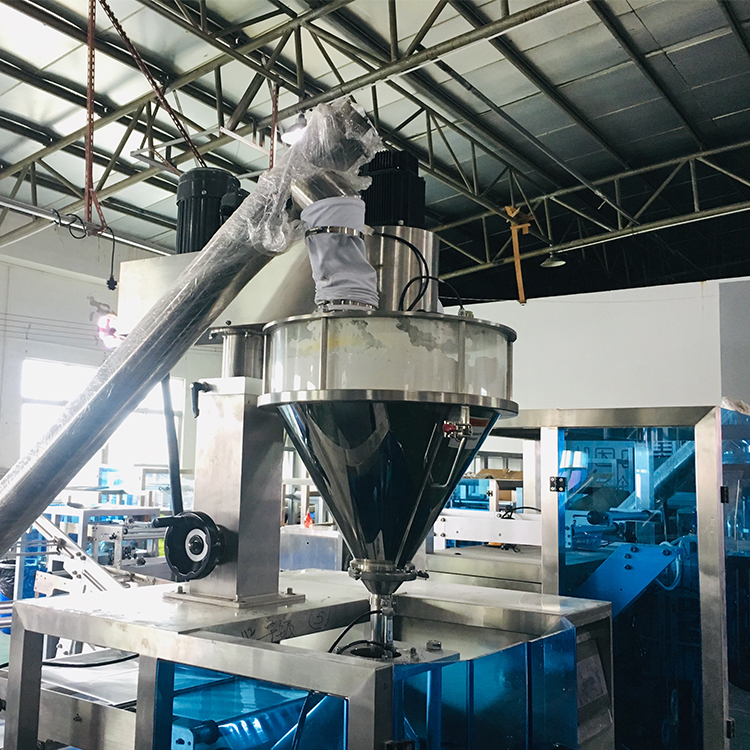Choosing the right milk packaging machine is essential for dairy businesses to ensure efficient, hygienic, and high-quality packaging of milk products. Here are some key factors to consider when selecting a milk packaging machine for your business:
- Type of Packaging:
- Determine the type of packaging you need, such as pouches, bottles, cartons, or sachets, based on your product range and market preferences.
- Packaging Capacity:
- Consider your production capacity and choose a machine that can handle the desired volume of milk packaging per day or per hour.
- Packaging Material:
- Ensure that the machine is compatible with the packaging material you intend to use, such as plastic, glass, or paper-based materials.
- Hygiene and Sanitization:
- Prioritize machines with hygienic design features, easy cleaning processes, and materials that comply with food safety standards to maintain product integrity and safety.
- Automation Level:
- Decide on the level of automation suitable for your production needs, ranging from manual machines for small-scale operations to fully automated machines for high-volume production.
- Fill Accuracy and Sealing Quality:
- Look for machines that offer precise fill accuracy to avoid product wastage and ensure consistent packaging quality. Check the sealing mechanism for reliability and leak-proof seals.
- Packaging Flexibility:
- Choose a machine that offers flexibility in packaging sizes, shapes, and configurations to accommodate different product variations and customer preferences.
- Energy Efficiency:
- Consider machines with energy-efficient features, such as variable speed drives and automatic shut-off systems, to reduce operational costs and environmental impact.
- Maintenance and Serviceability:
- Evaluate the ease of maintenance, availability of spare parts, and accessibility for servicing and repairs to minimize downtime and ensure continuous production.
- Supplier Reputation and Support:
- Select a reputable supplier with a track record of providing reliable packaging solutions and excellent customer support, including training, technical assistance, and after-sales service.
- Cost and Return on Investment (ROI):
- Compare the upfront cost of the machine with its long-term benefits, such as increased productivity, reduced packaging waste, and improved product shelf life, to assess the overall ROI.





Comments